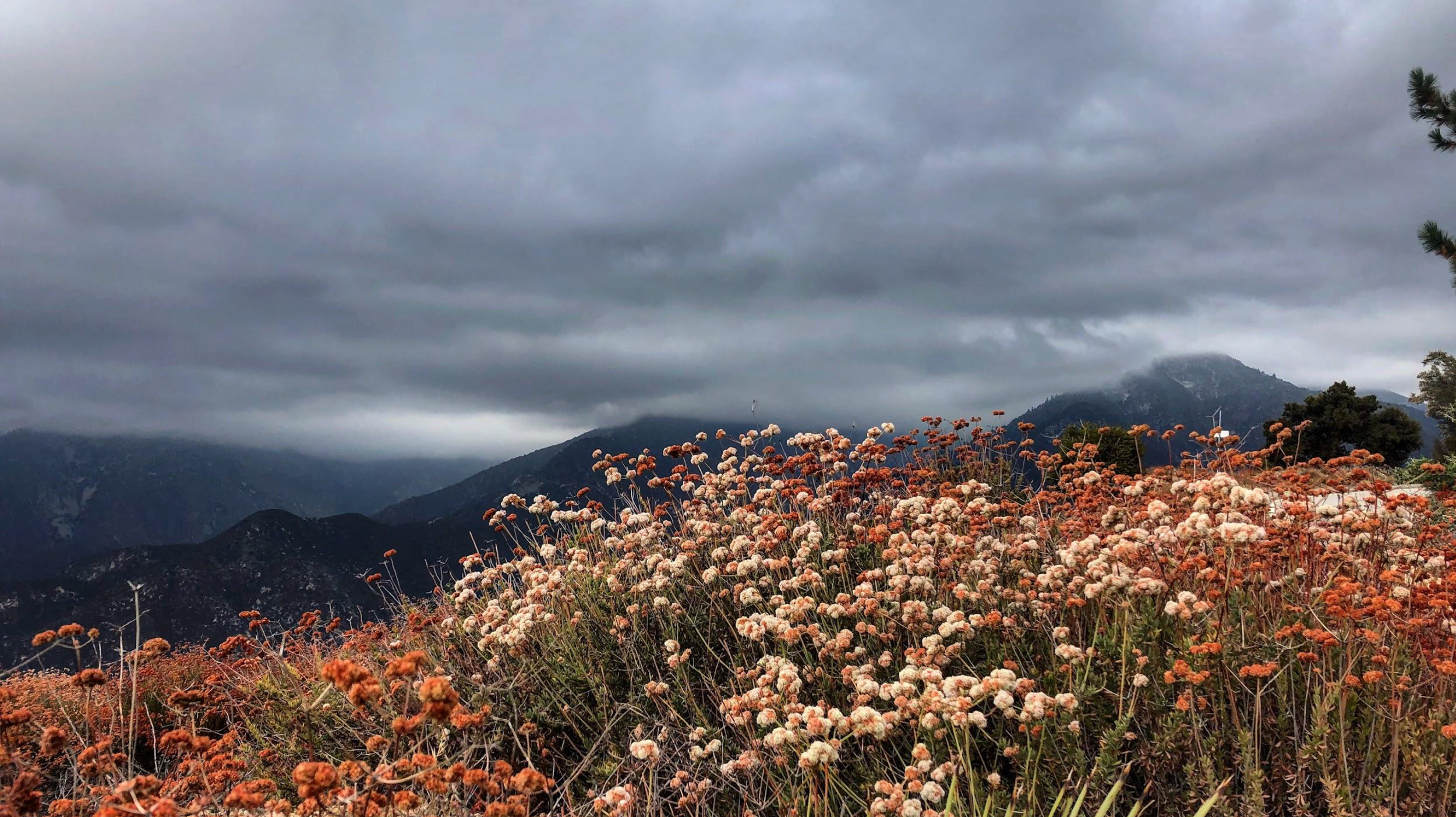We explore the natural areas around where we live, and look to see what still grows here. We like to see which plants love the sun, which grow together, and when they flower. We notice which plants seem to hold up well to hot, dry weather, and which need shade or extra moisture. Often, we hear the buzz and hum of dragonflies or indigenous bees, and the stir of butterfly wings. Hummingbirds dart in and out, while lizards and small animals rustle underneath.

Black walnuts are now endangered because so much of their habitat has been paved over. We'd love to see them grown in yards and along streets.

Our collection of black walnuts, waiting to be labelled and processed for planting!

Buckwheat ripening into seeds. Think how much wildlife can be nourished from this patch.

Bunch grasses going dormant during the hot summer. Their roots grow deep into the soil, reaching for the last drops of water. These grasses provide habitat for burrowing and nesting animals, and seeds for a variety of species.

Our natural world - bunch grasses and poppies blooming in the springtime.

Collecting and labelling yucca seeds to propagate.

Arroyo lupines that grow best on hillsides.

Yucca seeds, shaken from the stalk and waiting to be harvested and grown!

Seeds shaken loose from pinecones.

Oak trees and acorns support over 500 species, from birds, mammals, insects, reptiles, and amphibians. Native people make delicious foods from acorn meal.

Kelp is one of the fast-growing organisms on earth, and these magical habitats are one of the most productive in the world.

Swallowtail butterfly in a field of California poppies.

Quail resting in a pine. Notice his feather crest.


You can guess why this one is called hummingbird sage.
